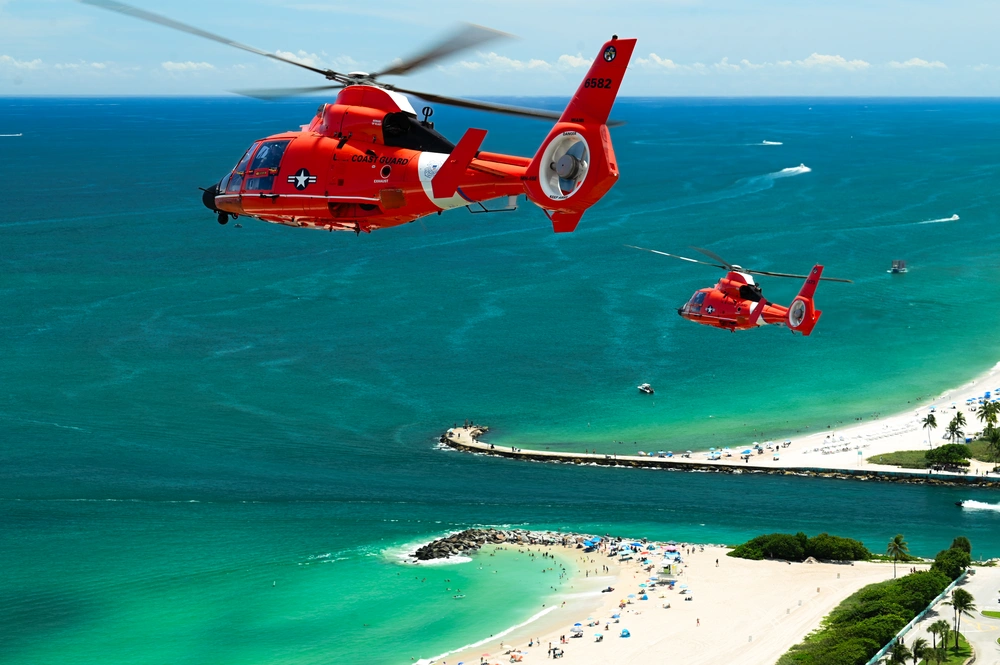Already a subscriber? Make sure to log into your account before viewing this content. You can access your account by hitting the “login” button on the top right corner. Still unable to see the content after signing in? Make sure your card on file is up-to-date.
The United States Coast Guard has reversed a controversial internal policy that initially reclassified hate symbols like swastikas and nooses as merely “potentially divisive.”
Getting into it: The initial policy change, issued earlier in November, quietly redefined how the Coast Guard handles displays of extremist imagery. It removed the term “hate incident” entirely and instead categorized symbols like swastikas and nooses as “potentially divisive,” allowing their display in non-public settings such as military housing. The updated criteria also required that a specific victim be identified and that the behavior be “severe or pervasive” before any action could be taken (which effectively narrowed the scope of conduct that could trigger disciplinary measures). No official rationale was provided at the time, but the revision drew immediate condemnation once it became public.

In response to the backlash, the Coast Guard issued a new directive that prohibits any display of divisive or hate-based symbols, naming nooses, swastikas, and other imagery co-opted by hate groups. Acting Commandant Admiral Kevin Lunday stressed that these symbols “violate our core values” and stated that any instance of their use would be thoroughly investigated and punished. The Coast Guard claimed this wasn’t a policy reversal but rather a clarification, insisting the service never intended to relax its stance against hate symbols.
Despite this, lawmakers have expressed concern at both the content and the timing of the earlier policy. Senator Jacky Rosen warned that weakening protections against hate imagery endangered service members and sent the wrong message amid rising antisemitism.
President Trump has claimed he had no prior knowledge of the initial policy shift.







